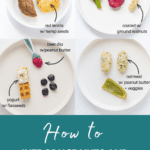This post may contain affiliate links. Please see our disclosure policy for more details.
Here’s everything you need to know about serving peanuts, tree nuts and seeds to your baby, including when and how to introduce them safely as well as plenty of easy, healthy recipes.
Table of Contents
Answering the Top Questions
Peanuts, Nuts and seeds are such awesome foods for babies and toddlers. Not only are they nutritious, they’re convenient, delicious, and incredibly versatile as you’re about to see.
Generally speaking, they are great sources of fat, which is crucial for optimal brain development. They also contain protein, fiber, iron, zinc, vitamin E, calcium, and a host of minerals and vitamins.
First of all, peanuts are actually not considered a nut! Surprised? They are a part of the legume family, which includes beans, peas, and lentils. However, peanuts and tree nuts share a similar protein structure. This is why people who are allergic to peanuts can also be allergic to tree nuts.
Peanuts are one of the most common food allergens in children and this allergy tends to be lifelong (only about 20% of children outgrow it). While tree nut allergies are much less common, if your child is allergic to peanuts, then there’s a greater chance of being allergic to one or more tree nuts.
Furthermore, if allergic to one tree nut, there’s a greater chance of being allergic to another tree nut. As daunting as it may be, you need to introduce all the tree nuts individually.
Whew. That’s a lot to take in, isn’t it?
I can totally understand your anxiety and hesitation in serving these foods to your baby. I felt the exact same way with both of my kids. But keep reading! I’m here to make this process less intimidating and more exciting for you!
As soon as your baby is ready to start solids, usually around 6 months. If you are unsure whether your baby is developmentally ready (super important!) to start solids, grab my free handout!
Now, if your baby is at high risk for food allergies, they may benefit from introducing the top allergens, including peanuts and nuts, as early as 4 months.
Be sure to check out this post – Best First Foods
They are all great! Variety is always the name of the game!
Peanuts
Almonds
Walnuts
Cashews
Hazelnuts
Pistachios
Pecans
Macademia nuts
Pine nuts (Technically a seed)
Hemp seeds – You’ll most likely find hemp hearts, which have the outer shell removed (making them more palatable). Hemp seeds are dark green in color and tastes slightly bitter
Chia seeds
Pumpkin seeds
Sunflower seeds
Flaxseeds
Sesame seeds – this has recently been declared as the ninth most common food allergen here in the United States. So the same rule applies. Introduce early and often.
Compared to other nuts, walnuts they have a higher concentration of alpha linoleic acid, an omega-3 fatty acid that supports brain as well as heart health.
Almonds and hazelnuts contain high amounts of vitamin E, an antioxidant that may help with brain health by reducing oxidative stress.
Peanuts are high in niacin, which have been shown to protect against age-related cognitive decline.
More research is needed but there is evidence that consuming nuts, specifically walnuts, almonds, peanuts, pine nuts, and hazelnuts, during the first trimester of pregnancy may boost child’s cognitive function, attention, and memory.
As for seeds, the top choices are chia, flax, and pumpkin seeds. They are rich in omega-3 fatty acids as well as magnesium, vitamin E, zinc, and iron, which are all important minerals for brain health.
Yes. Whole nuts are a major choking hazard and should be avoided until 4 years of age . You also need to avoid serving large globs of nut butter. Here are ways you can serve them safely!
How to prepare
Peanut/Nut/seed butter
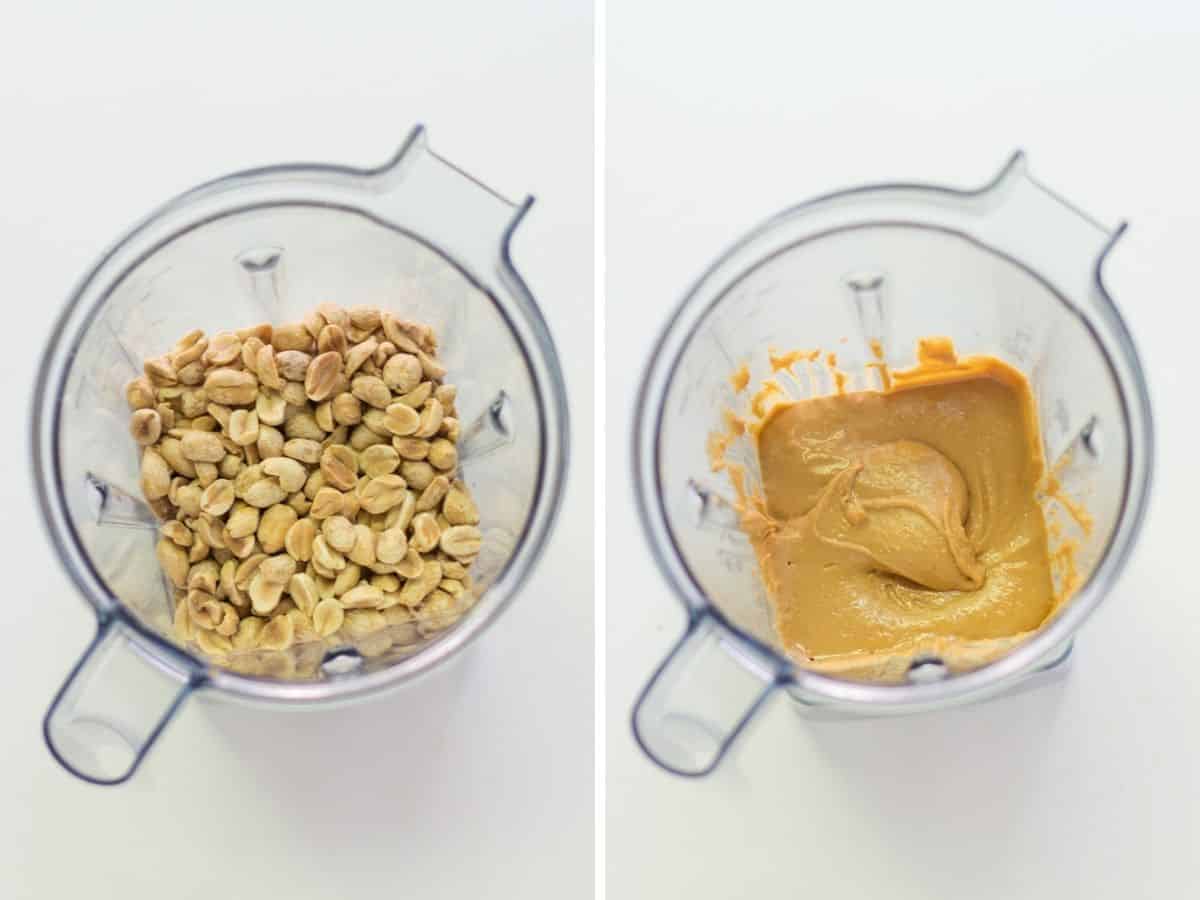
It’s super easy to make nut/seed butter at home with a high-powered blender. I’ve had mine for over 6 years and use it for EVERYTHING as I don’t own a food processor.
Start with roasted nuts (more flavorful and will result in a better texture), add them to the blender and process until smooth! Scrape down the sides as you go.
Store-bought ones are perfectly fine too. Just make sure the only ingredient is the nut or seed itself. A lot of them have hydrogenated oils, salt, and sugar, which you want to avoid.
Be sure to thin out with water, breastmilk, or formula before mixing into other foods
Ground nuts and seeds
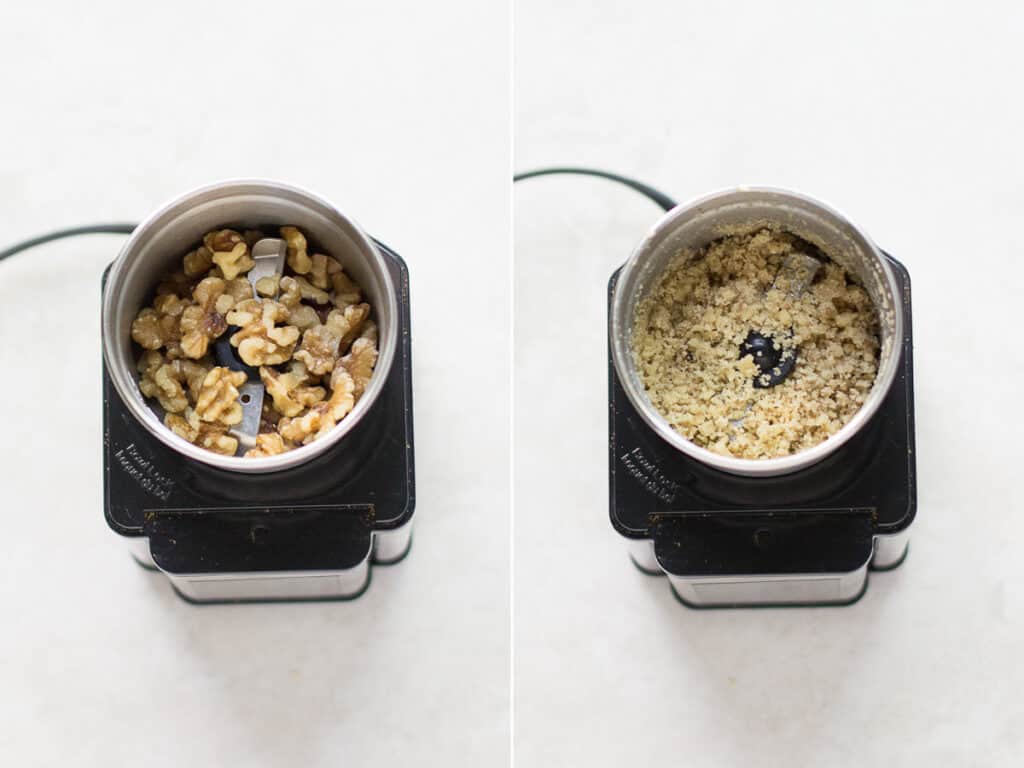
I love to use a coffee grinder to blitz until it turns into a fine flour-like consistency. Work in batches and give quick pulses. Be sure you don’t pulse for too long as it will turn into paste. Store in an airtight container and keep in the fridge or the freezer to extend shelf-life.
For the seeds, you can serve chia seeds and hemp hearts as is. You’ll need to grind the others.
How to Store
Whole nuts and seed stay fresh the longest. Once chopped, ground, roasted, etc. they will go rancid quickly. That’s because they have high amounts of oils and heat, oxygen, and light are their worst enemy.
So be sure to store in the fridge or the freezer to make them last longer! In general, whole nuts and seeds will keep in the fridge for 3 months and in the freezer for 6 months or longer
Ground nuts and seeds will last a couple of weeks in the fridge.
How to safely introduce nuts and seeds (by age)
4-6 months
While the recommendation to start babies on purees and rice cereal around 4 months old continues to persist, this is outdated advice. The current recommendation by all the major health organizations is to wait until your baby is around 6 months old.
However, it’s not as if your baby turns 6 months and boom, they’re ready for solids. The best thing you can do is to start when they’re developmentally ready. This is SO important!
Having said this, as mentioned earlier, if your baby is at high risk for food allergies, then consult with your doctor or pediatric allergist.
At this time, the best and safest way to introduce is to thin the prescribed amount of peanut/nut butter with water and offer to your baby from your fingertip or a spoon.
If your baby is not in this category, but you are here because you are planning ahead and want to learn all the things to help set your baby up for success, then allow me to guide you with these effective strategies that you can start implementing today!
6 months and up
Spoon feeding:
Thin out nut/seed butter with water, breast milk, or formula and mix into yogurt, oatmeal, baby cereal, purees, etc.
Baby led weaning:
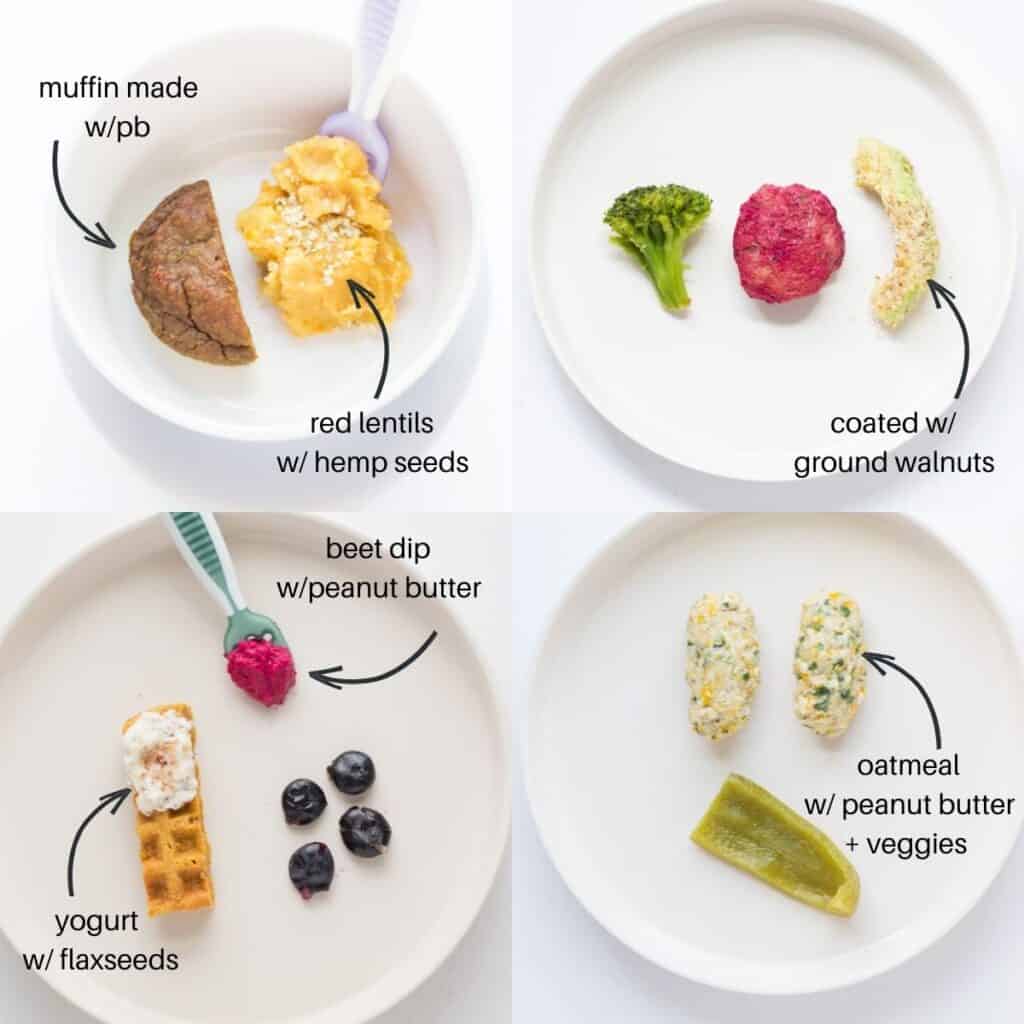
- Mix thinned out nut/seed butter into yogurt, oatmeal, unsweetened applesauce, mashed vegetables (e.g. sweet potatoes), cooked grains, lentils, etc. Alternatively, you can sprinkle finely ground nuts/seeds into these foods.
- Coat slippery foods, like avocado, banana, kiwi with ground nuts/seeds to make them easier to grab while boosting nutrition
- Spread a very thin layer of nut/seed butter on lightly toasted bread, pancakes, waffles, muffins
- Add to dips and sauces
- Add to baked finger foods
As you can imagine, it’s going to be super messy. But it’s such an important part of learning to self-feed.
Easy Breakfast/Lunch Recipes
You can follow the recipe as is or swap with nut/seed of choice
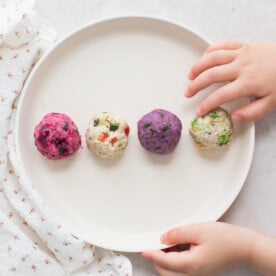
Homemade Baby Oatmeal
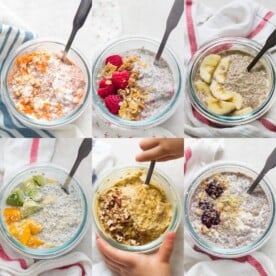
Single Serve Chia Puddings for Babies and Kids
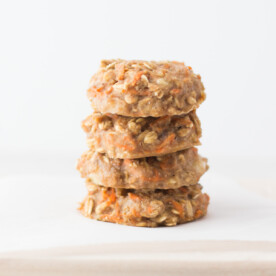
3 Ingredient Baby Cookies

Overnight Quinoa Oats
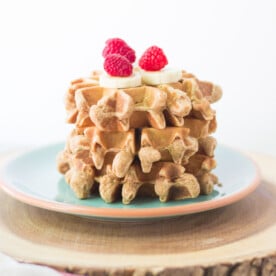
Vegetable Waffles with Peanut Butter

Healthy Beet Muffins for Babies
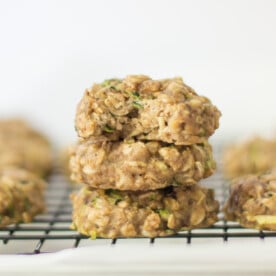
Healthy Zucchini Oatmeal Cookies

Healthy Carrot Oatmeal Muffins
Dinner Recipes
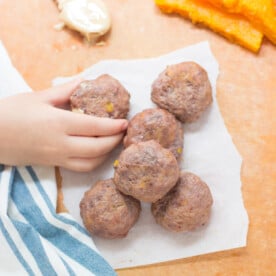
Healthy Baby Meatballs
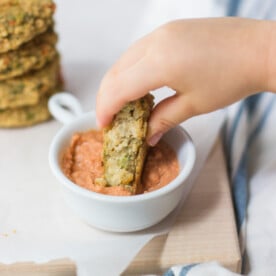
Chickpea Patties (gluten free)
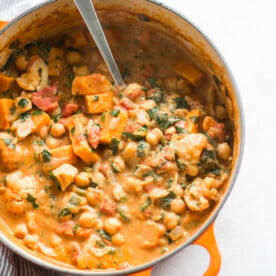
Vegan African Peanut Stew
Dips/Sauces

Beetroot Dip with chickpeas

Pumpkin Seed Spinach Hummus

Beetroot Pesto Pasta Sauce

Creamy Roasted Cauliflower Dip

Cashew Pasta Sauce

3 Ingredient Thai Peanut Coconut Sauce
A step-by-step guidance
While starting solids is an exciting time, if you’re like many parents I’ve talked to, it’s also a very overwhelming time. There’s a lot to think about – figuring out what foods to start off with, how to prepare them so they’re safe, how to introduce all the different flavors and textures, how to introduce all the top allergens early AND often, and on and on….
That’s why I created the ultimate 3 month meal plan program, which is exactly what I used to wean my daughter. I’ll walk you through how to introduce all the top allergens safely and easily through daily videos. That’s just the tip of the iceberg though. Click below to learn more!

Do you want to minimize picky eating and set a solid foundation for a lifetime of healthy eating habits?
Check out this 3 month mastering self-feeding program! It’s the closest thing to me being in your kitchen

